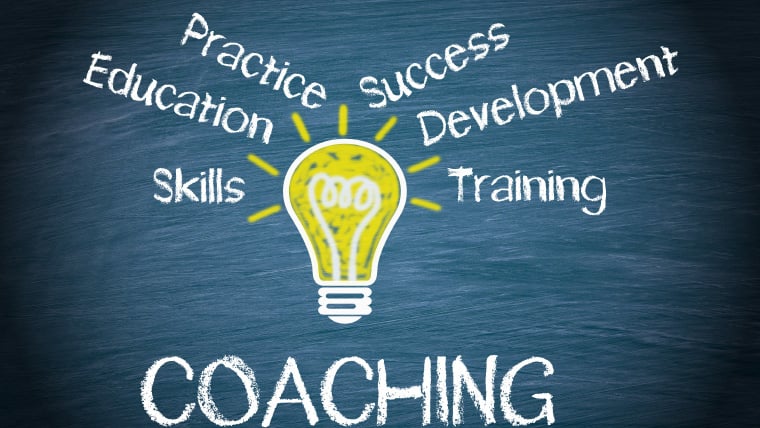Participants at each Customer Contact Executive MindXchange come away with a wealth of key learnings, but it can be a challenge to take it all in. During this Q&A session, customer contact leaders from diverse industries gathered to highlight important themes and take-aways acquired throughout the 20th Annual Customer Contact West: A Frost & Sullivan Executive MindXchange event in Tucson, Arizona.
Moderator: Susan Weaver, Chief Customer Officer, Slavic401k.
Panelists: Fred Beason, Director, Customer Service Experience, Aviso Wealth
Customer Engagement Leadership Council Member
Sebastian Cosgrove, Director, Global Customer Service, Air Canada Cargo
Clancey Dollard, Director, 24/7 Support Center, University of Arizona
Jerry Howe, Vice President of Global Marketplace Support, Turo
Read on for key ideas and insights to apply at your own organization:
Q: AI, ChatGPT, technology… what was your most surprising insight or learning?
- Realizing how broad the topic of AI really is. What it means depends on its context and situation. It can produce call summaries and respond to the real time sentiment of callers, not just be a tool for call deflection
- Much of the implementation involves understanding the motivation, desire, and psychology of team members. This informs knowledge management and coaching systems
- It’s not necessary to jump into AI. Be prepared for the change, lay the groundwork
- Surprised by how “freaked out” and struggling with AI some people are. To use it effectively, you have to consider the problem you are trying to solve, and what technology will fix it
- There is pressure to move as fast as possible, but it’s best to start with the basics
Q: How is AI defined and discussed in your organization?
- We’re aiming to be thoughtful about adoption and are taking an agile approach. Exact steps will vary
- We’re managing expectations. There will be some savings with digital help, but some are afraid of the lack of human empathy, and there is resistance from some employees
- Our company’s knowledge management team is very small and trying to ingest and communicate about all potential changes. They need help learning and managing technology. The leadership had them use ChatGPT to run first drafts of articles. This decreased turnaround time on knowledge articles they could share and tweak
- It’s important to understand foundational things and have them in place before using AI. Make sure the data is clean, useful, and appropriate for AI. When it fails, it’s usually because of faulty data
Q: What about change management?
- You have to determine how customers are reacting with the brand and accepting change You have to be led by customers. Everyone doesn’t consume data the same way; you have to line up with the customer experience
- Agents have to get on board, use tools, and engage with them. If agents don’t adopt new technology, it won’t be passed on to customers
- Attend to mindsets and attitude adjustments. Get buy-in with intentionality and follow up with productive conversations
- Agile is not just a strategy for development teams. Agile is a life strategy. Try to get better about many things. A lack of progress comes when we feel we are done
Q: What session in particular resonated with you?
- The session on Data with Impact – Fueling Decision-Making with Data, presented by Michael Wireko, Vice President, Care, Grubhub. It was a great case study about starting small, being data driven, and bringing everyone along for the ride. Also, a great example of getting all teams (marketing, data, leadership, etc.) aligned
- The Capstone presentation, Creating a Culture by Design, led by Kevin Gober, Senior Director Arena Talent Experience Miami HEAT. Decide on the type of leader you want to be and the culture you wish to create. It’s easier to make improvements if there is a strong, effective culture
- Culture is the key; culture eats strategy for breakfast. If the work culture is not strong, everything else suffers
- Have effective conversations and engage with agents in meaningful ways that may not be monetary
- Good to bring AI on at the onset of employee experience and define the metrics of success
- Focus on people; help agents and help customers. If you lose sight of that, you have missed the mark
Final Thoughts and Recommendations:
- Expand your customer satisfaction efforts. Build more frequent and different ways to hear back from the customer
- Have a continuous agent feedback loop with meaningful metrics to show agents the value of their work. Effective agents are revenue drivers
- Get proactive about agent apathy. Structure conversations to find out how to support your agents
- How do we get agents excited about AI? If we integrate it into the onboarding process, agents lose their fear because they experience AI as part of their job, not replacing their job
Patricia Jacoby, Senior Content Strategist at Frost & Sullivan, produces and frequently writes for the company’s monthly Customer Engagement and quarterly Innovation Newsletters. Throughout her tenure at Frost & Sullivan she has covered numerous industry sectors, including customer contact, marketing, innovation, and manufacturing, writing blogs, executive summaries, and white papers. She also supports and writes executive briefs for Frost & Sullivan’s Growth Innovation Leadership Council and Customer Engagement Leadership Council.
Proficient in both B2B and B2C writing, her previous employers include the Academy of Management, the American Management Association and Doubleday Book Clubs.



